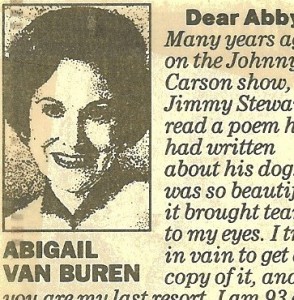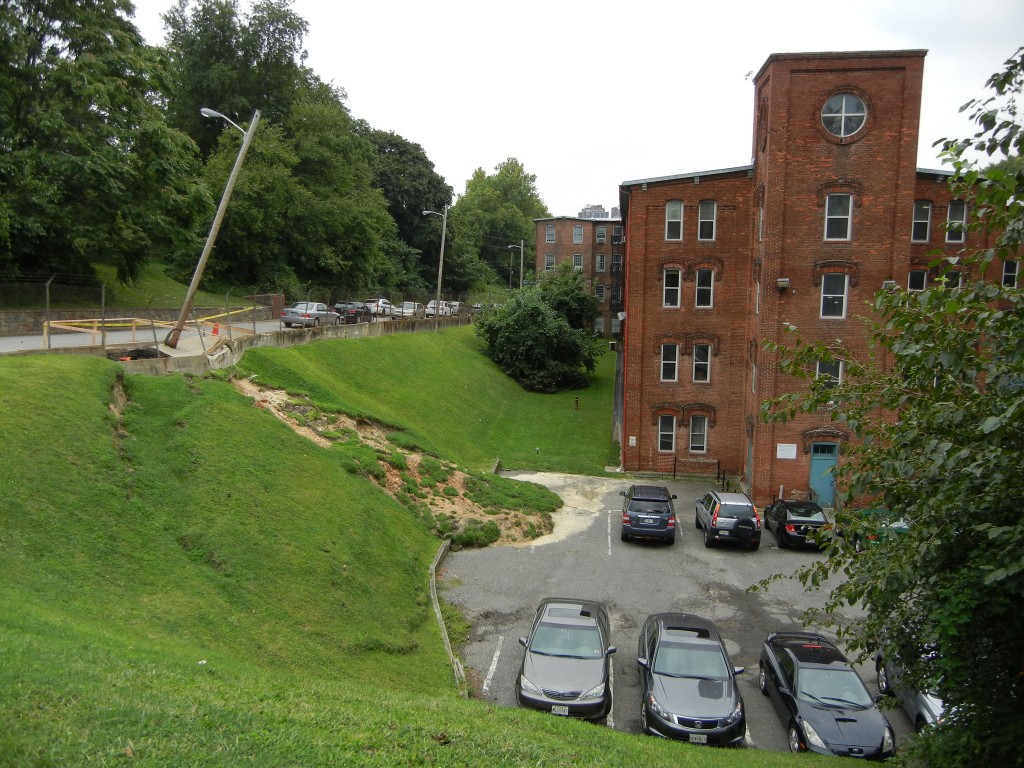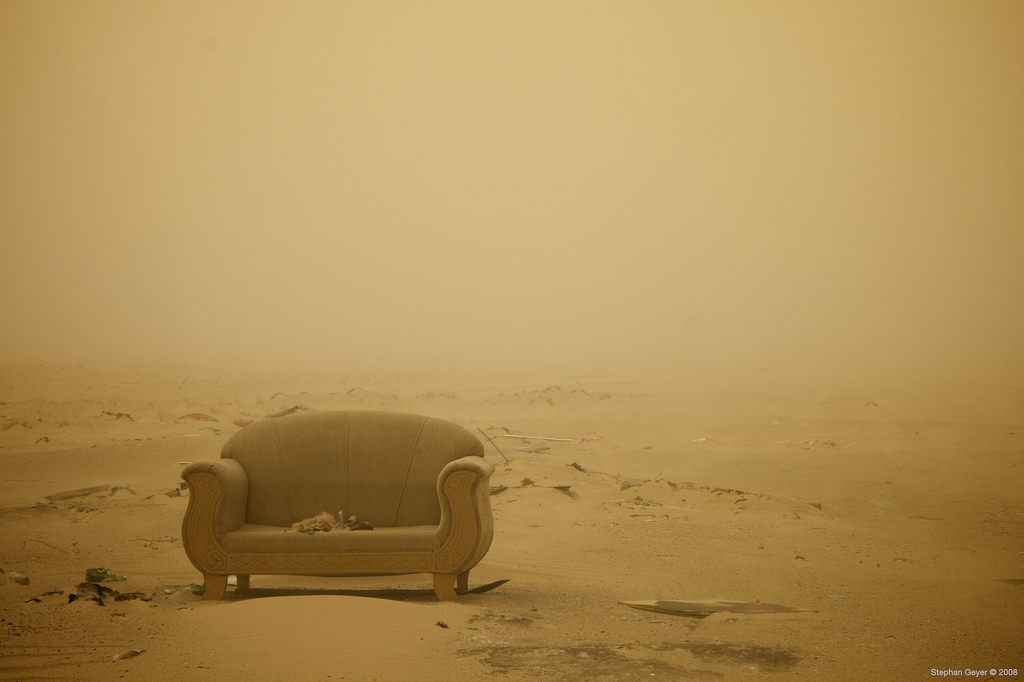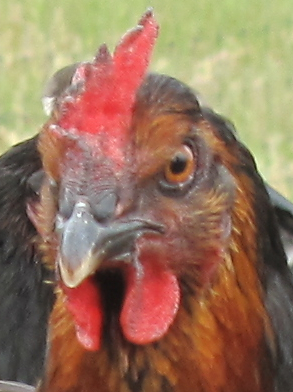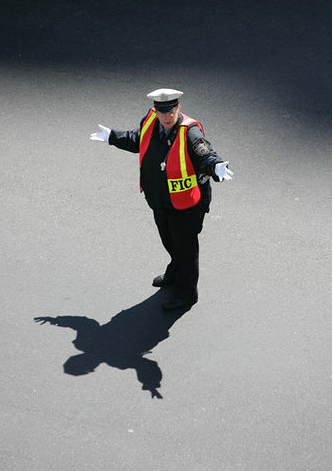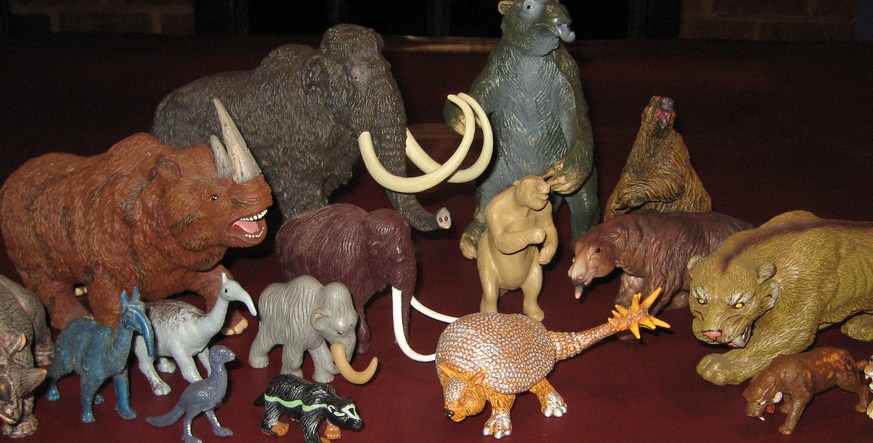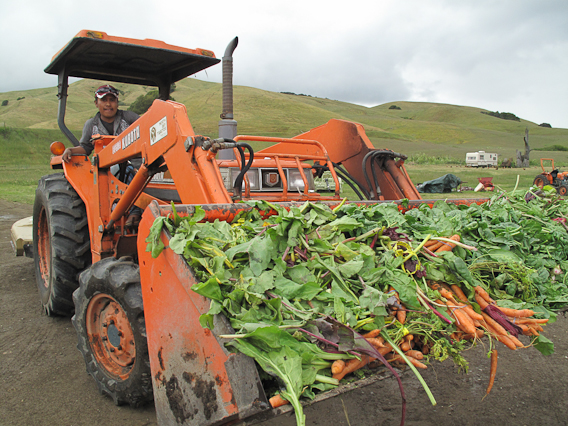 You notice the colors first. The crisp orange of carrots, the lustrous reds of tomatoes, the brilliant yellow of peppers and lemons, and everywhere, the thousand shades of green that seem almost to sing the word: fresh. Forklifts and hand trucks whir past crates of asparagus, long beans and onions; shouts ring out in English and Spanish and Chinese. It’s 2 AM, the air is nearly as cold as the walk-in coolers, and the San Francisco Wholesale Produce Market, all 25 acres of it, is alive with the sights and sounds of bustling commerce.
You notice the colors first. The crisp orange of carrots, the lustrous reds of tomatoes, the brilliant yellow of peppers and lemons, and everywhere, the thousand shades of green that seem almost to sing the word: fresh. Forklifts and hand trucks whir past crates of asparagus, long beans and onions; shouts ring out in English and Spanish and Chinese. It’s 2 AM, the air is nearly as cold as the walk-in coolers, and the San Francisco Wholesale Produce Market, all 25 acres of it, is alive with the sights and sounds of bustling commerce.
Wholesale produce markets like this are the missing link of the fresh, local food supply chain, providing the crucial connection between producers and the people who live near by. If you don’t have one near you–and you probably don’t–then chances are that you’re paying too much money for produce that was grown too far away. Continue reading
